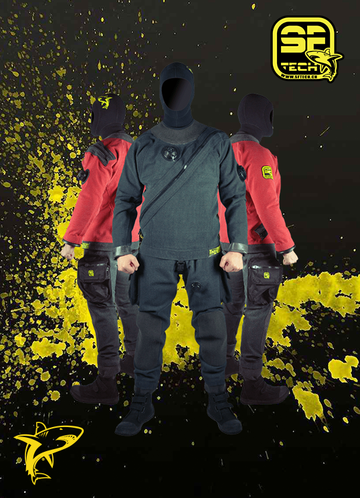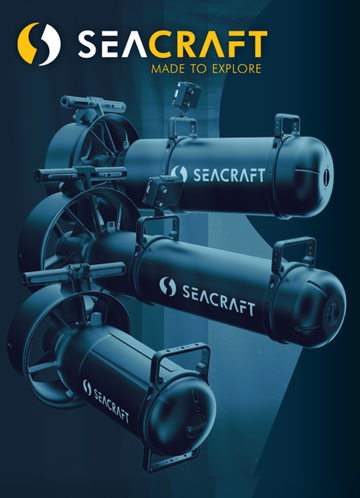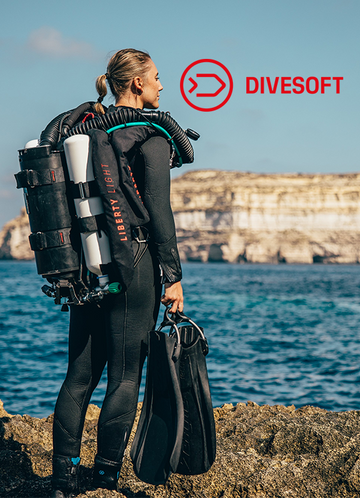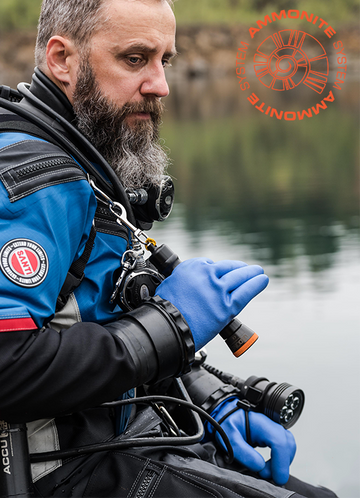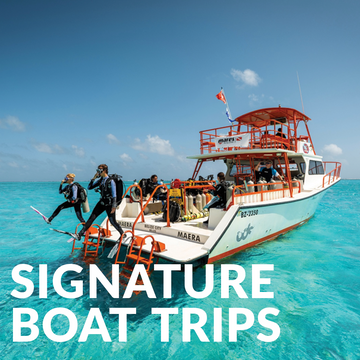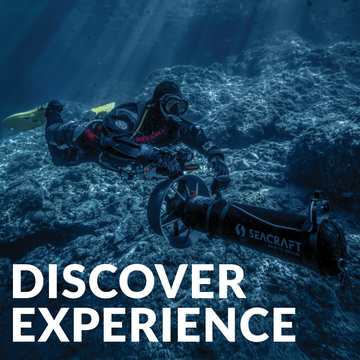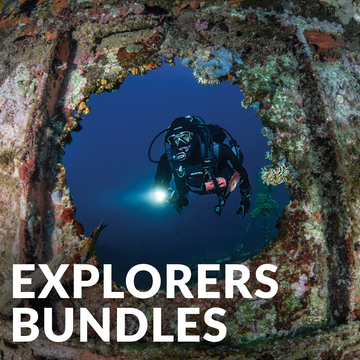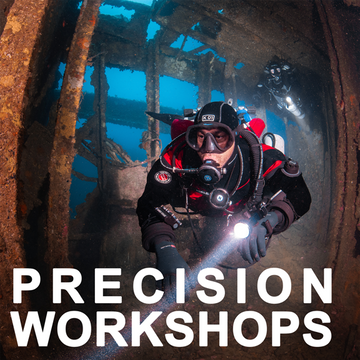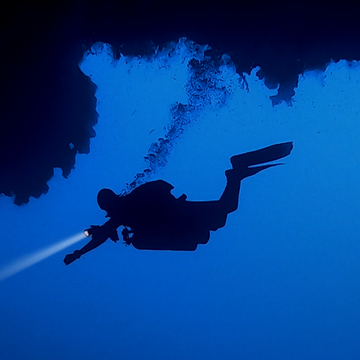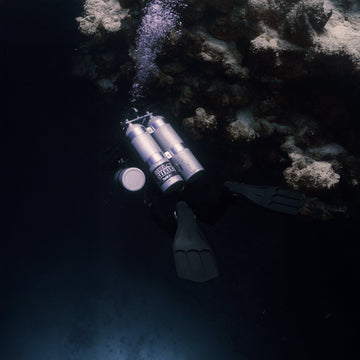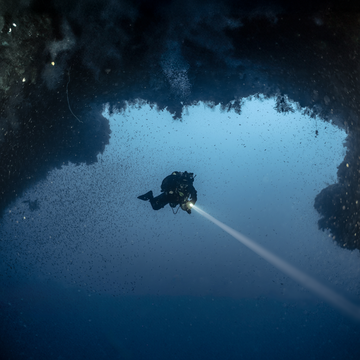Social media has transformed nearly every part of our lives, and the diving industry is no exception. Platforms such as Instagram, YouTube, TikTok, and Facebook have allowed divers to share breathtaking underwater imagery, promote destinations, and highlight new technologies to audiences across the globe. The visibility social media provides has brought many positive changes to the diving community, from inspiring beginners to connecting professionals. Yet, it has also introduced new challenges that demand careful consideration.
Below, we explore the multi-faceted impact of social media on the diving industry, weighing both its benefits and its drawbacks, while reflecting on how divers and content creators can use these platforms responsibly.
1. Increased Awareness and Inspiration vs. Unrealistic Expectations
Positive impact:
Social media has opened the underwater world to millions who may have never considered diving before. Stunning images of coral reefs, dramatic shipwrecks, or rare marine species inspire people to take up diving and explore the oceans. This exposure often drives more students to dive training programs, helps sustain dive centers, and even fuels interest in conservation projects. Through visually compelling content, divers can showcase the ocean’s fragility, encouraging responsible stewardship and environmental awareness.
Negative impact:
The curated nature of social media often presents diving as effortless and glamorous, masking the preparation, skill, and risks involved. A viewer might see a diver gracefully exploring a deep wreck and assume it’s as simple as putting on gear and jumping in. This can encourage divers to attempt challenging dives prematurely or take shortcuts, sometimes without the necessary training, experience, or safety planning. Such misconceptions can compromise safety and lead to accidents.
2. Education and Knowledge Sharing vs. Misinformation
Positive impact:
Many dive professionals leverage social media to educate. Short tutorials on buoyancy control, gear setup, dive planning, or conservation initiatives have made specialized knowledge far more accessible. Viewers can learn about technical diving procedures, environmental protection practices, or safety drills without leaving their homes. This has empowered divers to improve their skills and make better-informed decisions before heading underwater.
Negative impact:
However, the compressed nature of social media content sometimes leads to oversimplification. Complex concepts—like decompression theory, gas management, or emergency protocols—can be misrepresented. Furthermore, some content creators may prioritize engagement metrics over accuracy, inadvertently spreading unsafe practices or outdated techniques. Divers who rely solely on online information without formal training risk forming dangerous habits.
3. Promotion of New Technologies vs. Normalization of Advanced Equipment
Positive impact:
Social media showcases the latest in diving technology, from closed-circuit rebreathers (CCRs) to mixed-gas setups, underwater scooters, and advanced dive computers. This visibility can inspire divers to pursue specialized training, try new gear responsibly, and push their personal limits safely. Demonstrating how to use sophisticated equipment in a controlled environment helps demystify it for newcomers.
Negative impact:
A concerning trend is the casual normalization of gear originally designed for extreme exploration. Rebreathers, for example, were developed for long and deep dives but are increasingly presented as recreational toys. While these devices are more user-friendly today, they still demand precise training, discipline, and maintenance. Marketing or social media exposure that downplays these risks can encourage unqualified divers to experiment dangerously.
4. Community Building vs. Peer Pressure and Elitism
Positive impact:
Social media allows divers to connect globally, share experiences, collaborate on projects, and support one another in skill development. From citizen science campaigns to conservation initiatives and expeditions, these connections have created a more informed and engaged community. Networking via social media can also open opportunities for mentorship, training, and collaboration across borders.
Negative impact:
The downside is the potential for peer pressure and elitism. Platforms often reward “highlight reel” content—rare, deep dives, exotic locations, or high-tech gear—which can create unrealistic expectations. Beginners or intermediate divers may feel inferior if their dives or equipment are less “instagrammable.” This can cultivate unhealthy comparison, drive unnecessary spending, or encourage risky behavior just to gain recognition.
5. Environmental Advocacy vs. Environmental Exploitation
Positive impact:
Social media has become a powerful tool for promoting conservation. Viral campaigns and posts highlighting endangered species, plastic pollution, or coral bleaching have raised awareness and mobilized action. Divers can use these platforms to document and advocate for reef protection, sustainable practices, and citizen science initiatives, influencing not only fellow divers but the general public as well.
Negative impact:
However, in the quest for visually appealing content, some divers prioritize aesthetics over ethics. Touching marine life, stirring sediment, or overcrowding fragile dive sites can damage ecosystems. In other cases, content creators may unintentionally promote unsustainable tourism by glorifying popular dive sites without addressing environmental limits.
6. The Psychological Effects on Divers
Beyond practical considerations, social media has a psychological impact. Divers may experience pressure to constantly perform, capture the perfect image, or match the achievements of peers. While some use this motivation positively to improve skills and participate in conservation efforts, others may develop anxiety, FOMO (fear of missing out), or diminished enjoyment if their underwater experiences are constantly measured against an online standard.
Conclusion: Balancing Inspiration with Responsibility
Social media is neither inherently good nor bad for diving—it is a tool. Its impact depends on how divers, instructors, and content creators choose to use it. By approaching these platforms responsibly, we can maximize the benefits while mitigating the risks:
- Showcase preparation, discipline, and safety, not just the final “glamorous” dives.
- Emphasize proper training for advanced equipment rather than casual experimentation.
- Promote environmental responsibility over purely aesthetic content.
- Encourage learning, mentorship, and skill development instead of unhealthy comparison.
When used thoughtfully, social media can strengthen the global diving community, inspire new divers, and promote environmental stewardship. But as with every dive, it requires mindfulness, respect, and discipline—because the oceans, much like the digital world, demand responsibility.
